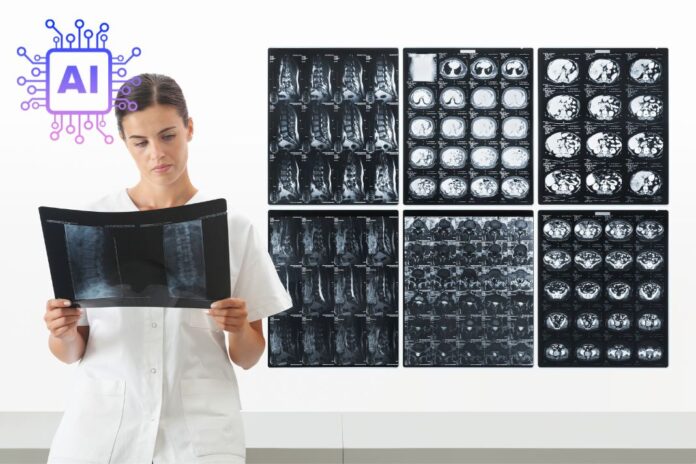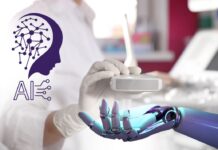In the realm of modern healthcare, the convergence of artificial intelligence (AI) and medical imaging has sparked a transformative revolution in the way diseases are diagnosed and managed. This article explores the profound impact of AI on medical imaging, shedding light on the innovative applications, benefits, and potential challenges that come with this technological revolution.
1. Enhanced Diagnostic Accuracy
Discover how AI algorithms are significantly enhancing diagnostic accuracy in medical imaging. These algorithms can identify subtle anomalies and patterns that might elude the human eye, leading to earlier and more precise diagnoses.
2. Faster and Efficient Imaging Analysis
Explore how AI-driven automation of image analysis reduces the time required for radiologists to interpret scans. This not only expedites diagnoses but also optimizes resource allocation in healthcare facilities.
3. Personalized Treatment Plans
Learn how AI aids in the creation of personalized treatment plans by analyzing patient data and tailoring interventions to individual needs. This approach can improve treatment outcomes and reduce unnecessary procedures.
4. Workflow Optimization
Delve into how AI streamlines workflows in medical imaging departments by automating routine tasks, allowing healthcare professionals to focus on more complex aspects of patient care.
5. Early Detection and Prevention
Understand how AI plays a pivotal role in the early detection of diseases and health issues, enabling timely interventions that can ultimately save lives and reduce healthcare costs.
6. Integration with Imaging Modalities
Explore how AI seamlessly integrates with various imaging modalities, including MRI, CT scans, and X-rays, making it a versatile tool for a wide range of medical specialties.
7. Challenges and Ethical Considerations
Examine the challenges associated with AI in medical imaging, including data privacy, regulatory compliance, and the need for ongoing training and quality control.
8. Future Prospects
Look ahead to the future of AI in medical imaging, with emerging trends such as explainable AI, federated learning, and AI-enhanced pathology and histology.
Conclusion
The integration of artificial intelligence into medical imaging represents a groundbreaking revolution in diagnosis and patient care. As AI continues to evolve and mature, its potential to improve diagnostic accuracy, streamline workflows, and enhance the overall quality of healthcare is undeniable. By addressing challenges and embracing these transformative technologies, the healthcare industry is poised to usher in a new era of medical imaging and diagnosis that promises to benefit both patients and healthcare professionals alike.






